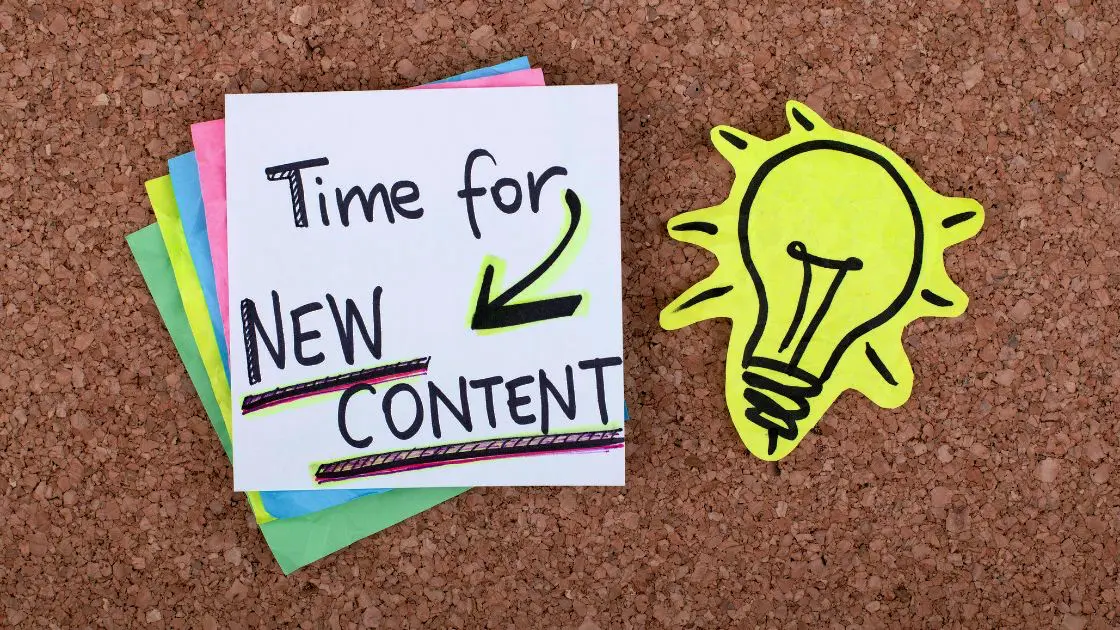G’day mates! It’s your friend Alex here from Meta Trends, and I’m back again to chat about content marketing. Today, I want to discuss one of the most critical tools in any savvy content marketer’s toolkit – the content calendar.
Before we dive in, let me take a quick step back and talk about content marketing for anyone new to the concept. Content marketing refers to strategically creating and distributing valuable, relevant content to attract, engage, and convert a clearly defined audience. This could include blog posts, videos, podcasts, ebooks, etc. The key is creating content focused on the audience rather than direct sales pitches for products or services. Content marketing has grown from simple blogging into a data-driven process integrating broader marketing and sales funnels.
So why do you need a content calendar? Let me tell you, it makes all the difference in going from chaotic, disorganised content creation to having a streamlined production plan supporting your goals. A solid calendar lets you map out your content’s themes, topics, formats, and channels over time – ensuring you have a consistent drumbeat of material optimised for search and social sharing.
Let’s explore exactly what a content calendar is, why you need one, and some best practices for creating your calendar:

What is a Content Calendar?
At its simplest, a content calendar is an editorial schedule planning your future content. This acts as your North Star, guiding the ideation, development, production, and distribution processes.
The specifics can include:
- Headline topics
- Content formats, e.g. blog posts, videos
- Target keywords
- Publication dates
- Promotion plans
- Authors
- Channel distribution, e.g. email newsletter, social media
As you can see, it’s essentially your content roadmap!
Why You Need a Content Calendar
I know calendars can feel restrictive, but hear me out! A calendar brings order to the chaotic world of content creation.
Specifically, it helps with:
- Strategy alignment: Links content back to overarching goals.
- Consistency: Ensures a steady stream of content across channels.
- Organisation: Enables orderliness in creativity, production, and distribution.
- Collaboration: Allows teams to work together smoothly.
- Time management: Deadlines keep projects on track.
- Promotion planning: Optimizes planning of promotion activities.
That last point reminds me – your calendar and promotion plans go hand-in-hand!
Before Creating Your Calendar
You wouldn’t start meticulously planning a road trip without deciding your destination! The same goes for content calendars.
Begin by clearly defining:
Your Goals
What are you trying to achieve? Typical content marketing goals include:
- Increase website traffic
- Boost brand awareness
- Grow email list
- Drive conversions
Your Audience
Who are you creating content for? Customer personas are key here. Outline details like:
- Demographics
- Goals & Challenges
- Content preferences
Your Content Mix
What formats will you create content in? Do a balance of:
- Short form, e.g. social media
- Long-form, e.g. ebooks
- Different media, e.g. blogs, videos, podcasts
With those three elements defined, you can start planning your calendar!

Tips for Structuring Your Calendar
When building out your calendar, keep these tips in mind:
Choose Your Tools
Leverage technology to make calendar creation smooth sailing. Useful tools include:
- Trello
- Google Calendar
- CoSchedule
- Asana
Choose based on features, price, and ease of use.
Set Your Timeframes
Figure out frequencies for different content types, like:
- Daily social media content
- Weekly blog articles
- Monthly newsletters
Consistency is 🔑!
Balance Evergreen & Timely Content
Have an editorial mix of:
- Evergreen content – remains relevant over
- Timely content – relates to current events
This expands your reach and shelf-life!
Key Elements to Include
Flesh out the bones of your calendar by ensuring each piece has:
Working Title
Draft an interesting headline to draw readers in.
Target Keywords
Choose relevant keywords to optimise content for.
Publication Date
Set a firm date for when a piece goes live.
Content Creator(s)
Assign authors responsible for producing the content.
Status Tracking
Sections for tracking progress – “Ideation”, “Writing”, “Editing”, “Approved”, etc.

Additional Tips for an Effective Content Calendar
To take your calendar from good to great:
Plan Content Series
Develop a sequence of linked content centred around a theme. It helps boost engagement!
Incorporate Seasonal Content
Adapt your content to seasons, holidays, and cultural events when published. It makes your content more timely!
Collaborate Across Teams
Get insights from sales, marketing, PR, etc. Fosters alignment!
Analyse Performance
Review metrics to see content success and inform plans. Critical for optimising efforts!
Phew, we’ve covered a fair bit of ground here! Let’s wrap things up.
Final Thoughts
Building and maintaining a solid content calendar is essential for any successful content marketing strategy. Start simple and gradually develop more advanced functionality as needed. The key is consistency, organisation and understanding your audience’s needs.
What tips do you have for content calendar creation? What tools does your team use? I’d love to hear your experiences in the comments below! If you found this post helpful, do share it around your networks.
